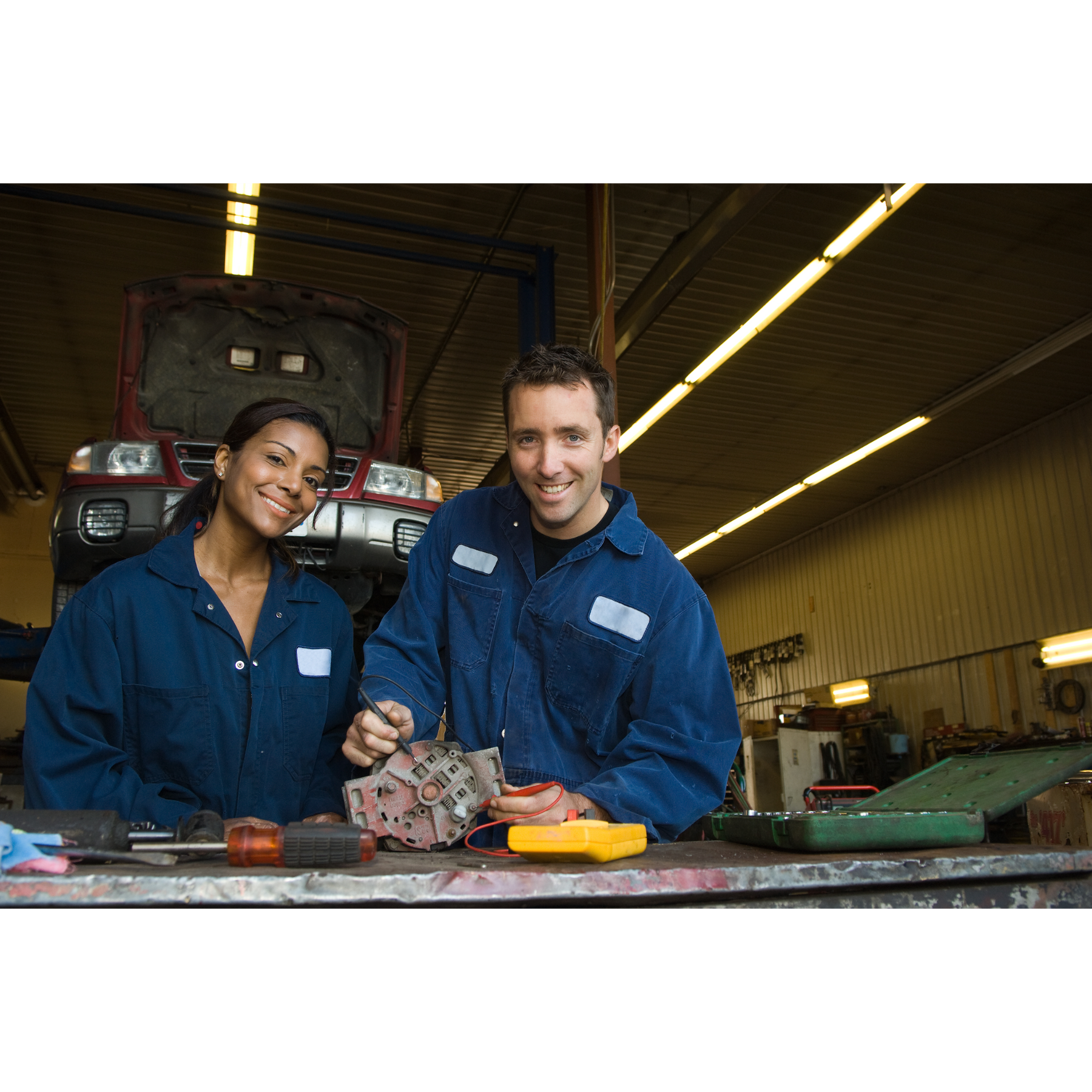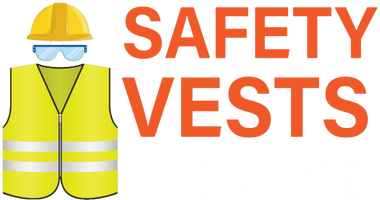
Invest in Your Safety: The Right Coverall for the Job!
Safety Coveralls: An Essential Tool for Keeping You and Your Employees Safe
When it comes to protecting yourself and your employees in the workplace, safety coveralls are an essential tool. Safety coveralls can be used to protect workers from hazardous chemical, biological, and physical agents, and they’re designed to provide a barrier between the wearer and their environment. Safety coveralls come in a variety of styles and materials, including lightweight, breathable fabrics, flame-resistant fabrics, and more. They can also be outfitted with additional features such as reflective tape, pockets, and ventilation panels.
When selecting safety coveralls, it’s important to consider the environment in which they will be worn. For example, if the work environment includes hazardous materials, a flame-resistant material is essential. You should also consider the weather conditions and your employees’ comfort. Lightweight, breathable fabrics are ideal for warm environments, while heavy-duty fabrics are best for cold environments.
When it comes to safety coveralls, fit is also key. Coveralls should fit snugly without being too tight. A properly fitted coverall will provide the wearer with a greater range of motion, making it easier for them to safely perform their tasks.
What are the different types of Coverall?
Safety coveralls come in a variety of styles and materials. There are lightweight, breathable fabrics that are great for warm environments; flame-resistant fabrics that are ideal for hazardous materials; and heavy-duty fabrics that are best for cold environments. Some safety coveralls come with additional features such as reflective tape, pockets, and ventilation panels. Additionally, safety coveralls can be made with chemical-resistant, water-resistant, and anti-static materials.
General Mechanic Jumpsuits and Coverall
A basic coverall is a one-piece garment that covers the entire body, including the arms, legs, and torso. It is typically made with lightweight, breathable fabric and is designed to provide a barrier between the wearer and their environment. Basic coveralls may also have pockets, ventilation panels, and reflective tape. Safety coveralls are worn by a variety of people, including construction workers, factory workers, miners, and oil and gas workers. They are also used by hospital workers, first responders, and military personnel.
Disposable coveralls
Disposable coveralls are one-piece garments that cover the entire body, including the arms, legs, and torso. They are typically made with lightweight, breathable fabric, such as polypropylene, and are designed to provide a barrier between the wearer and their environment. Disposable coveralls are typically used in industries such as healthcare and food service, as they can be safely disposed of after each use. They are also often used in situations where hazardous materials are present, as they provide an extra layer of protection. who wears them?
Disposable coveralls are typically worn by healthcare workers, food service workers, factory workers, and other workers who may be exposed to hazardous materials. They are also used by first responders, military personnel, and other personnel who may be at risk of exposure to hazardous materials.
FR Coveralls
FR coveralls are flame-resistant coveralls that are designed to protect workers from exposure to heat, flames, and other hazardous materials. They are typically made from flame-resistant fabrics, such as Nomex and Kevlar, and can be outfitted with additional features such as pockets, reflective tape, and ventilation panels. FR coveralls are often used in hazardous work environments, such as oil refineries and chemical plants. Explain more who uses it and why.
FR coveralls are typically worn by workers in hazardous industries, such as oil and gas, chemical manufacturing, mining, and construction. They are also used by first responders and military personnel. FR coveralls provide an extra layer of protection from heat, flames, and hazardous chemicals. They are also designed to be comfortable and lightweight, making them suitable for long periods of wear.
Bibs and Quilted Coveralls
Quilted coveralls are a type of coverall that is designed to keep the wearer warm and provide additional protection from the elements. They are typically made with insulated fabric and quilted stitching to provide a layer of insulation. Quilted coveralls are often seen in cold weather environments and are often used by workers in the construction, mining, oil and gas, and other industries.
Quilted coveralls are designed to be lightweight and breathable, so that the wearer can remain comfortable for long periods of time. They are also often outfitted with additional features such as pockets, reflective tape, and ventilation panels. Quilted coveralls are an essential tool for keeping workers safe and comfortable in cold weather environments.
Arc-Resistant Coveralls
Arc-resistant coveralls are protective garments designed to protect workers from electric arc flashes and other electrical hazards. They are typically made from flame-resistant materials such as Nomex and Kevlar, and they are often outfitted with additional features such as pockets, reflective tape, and ventilation panels. Arc-resistant coveralls are a critical safety tool for workers in the electrical, mining, oil and gas, and other industries.
Arc-resistant coveralls provide a barrier between the wearer and the electrical hazard, reducing the risk of injury in the event of an arc flash. They are designed to be lightweight, breathable, and comfortable for long periods of wear. Additionally, they are often designed with reinforced seams and areas of additional protection to further reduce the risk of injury from electric arc flashes. Arc-resistant coveralls are an essential tool for keeping workers safe and protected in hazardous electrical environments. Are they different from FR Coveralls?
Arc-resistant coveralls are similar to FR coveralls in that they are both designed to protect workers from hazardous materials. However, arc-resistant coveralls are specifically designed to provide additional protection from electric arc flashes, while FR coveralls are designed to provide protection from flames and heat. Additionally, arc-resistant coveralls are typically made from more specialized flame-resistant materials such as Nomex and Kevlar, while FR coveralls are typically made from lighter weight, more breathable fabrics.
Waterproof Coveralls
Waterproof coveralls are protective garments that are designed to keep the wearer dry and comfortable in wet environments. They are typically made from waterproof fabrics such as nylon and polyester, and they are often outfitted with additional features such as pockets, reflective tape, and ventilation panels. Waterproof coveralls are a critical safety tool for workers in the construction, mining, oil and gas, and other industries.
Waterproof coveralls provide a barrier between the wearer and the wet environment, keeping them dry and comfortable for long periods of time. They are designed to be lightweight, breathable, and durable, making them suitable for extended use in wet environments. Additionally, they are often designed with reinforced seams and areas of additional protection to further reduce the risk of water damage and deterioration. Waterproof coveralls are an essential tool for keeping workers safe and comfortable in wet environments.
High Visibility Coveralls
High visibility coveralls are protective garments that are designed to increase the visibility of the wearer in dark or low-visibility environments. They are typically made from bright, reflective materials such as fluorescent fabric and reflective tape, and they are often outfitted with additional features such as pockets and ventilation panels. High visibility coveralls are a critical safety tool for workers in the construction, mining, oil and gas, and other industries.
High visibility coveralls provide an extra layer of protection for the wearer, helping to make sure they are seen in dark or low-visibility environments. They are designed to be lightweight, breathable, and comfortable for long periods of wear. Additionally, they are often designed with reinforced seams and areas of additional protection to further increase their visibility. High visibility coveralls are an essential tool for keeping workers safe and visible in hazardous environments.
In conclusion, safety coveralls are an essential tool for protecting workers in hazardous environments. They come in a variety of styles and materials, including lightweight, breathable fabrics, flame-resistant fabrics, water-resistant fabrics, and more. Additionally, they can be outfitted with additional features such as reflective tape, pockets, and ventilation panels. Safety coveralls are an essential tool for keeping workers safe and comfortable in any work environment.
Safety coveralls are an essential tool for protecting workers in hazardous environments. They are designed to provide a barrier between the wearer and their environment and come in a variety of styles and materials, including lightweight, breathable fabrics, flame-resistant fabrics, water-resistant fabrics, and more. Safety coveralls can be outfitted with additional features such as reflective tape, pockets, and ventilation panels, making them a versatile and essential tool for ensuring worker safety.
At Safety Vests and More, we offer a wide selection of safety coveralls, from basic coveralls to more specialized coveralls such as flame-resistant, quilted, arc-resistant, and waterproof coveralls. Our selection of safety coveralls is designed to meet the needs of any environment or industry, from construction and mining to oil and gas and more.
When selecting safety coveralls, it’s important to consider the environment in which they will be worn. For example, if the work environment includes hazardous materials, a flame-resistant material is essential. You should also consider the weather conditions and your employees’ comfort. Lightweight, breathable fabrics are ideal for warm environments, while heavy-duty fabrics are best for cold environments. Fit is also key; coveralls should fit snugly without being too tight. A properly fitted coverall will provide the wearer with a greater range of motion, making it easier for them to safely perform their tasks.
At Safety Vests and More, we understand the importance of safety coveralls and strive to provide our customers with the highest quality products at the best prices. We are committed to helping you find the right safety coveralls for your needs, so you can keep your employees safe and protected in any environment. From basic coveralls to arc-resistant and waterproof coveralls, we have the selection and expertise you need to ensure your workers are safe and protected.
